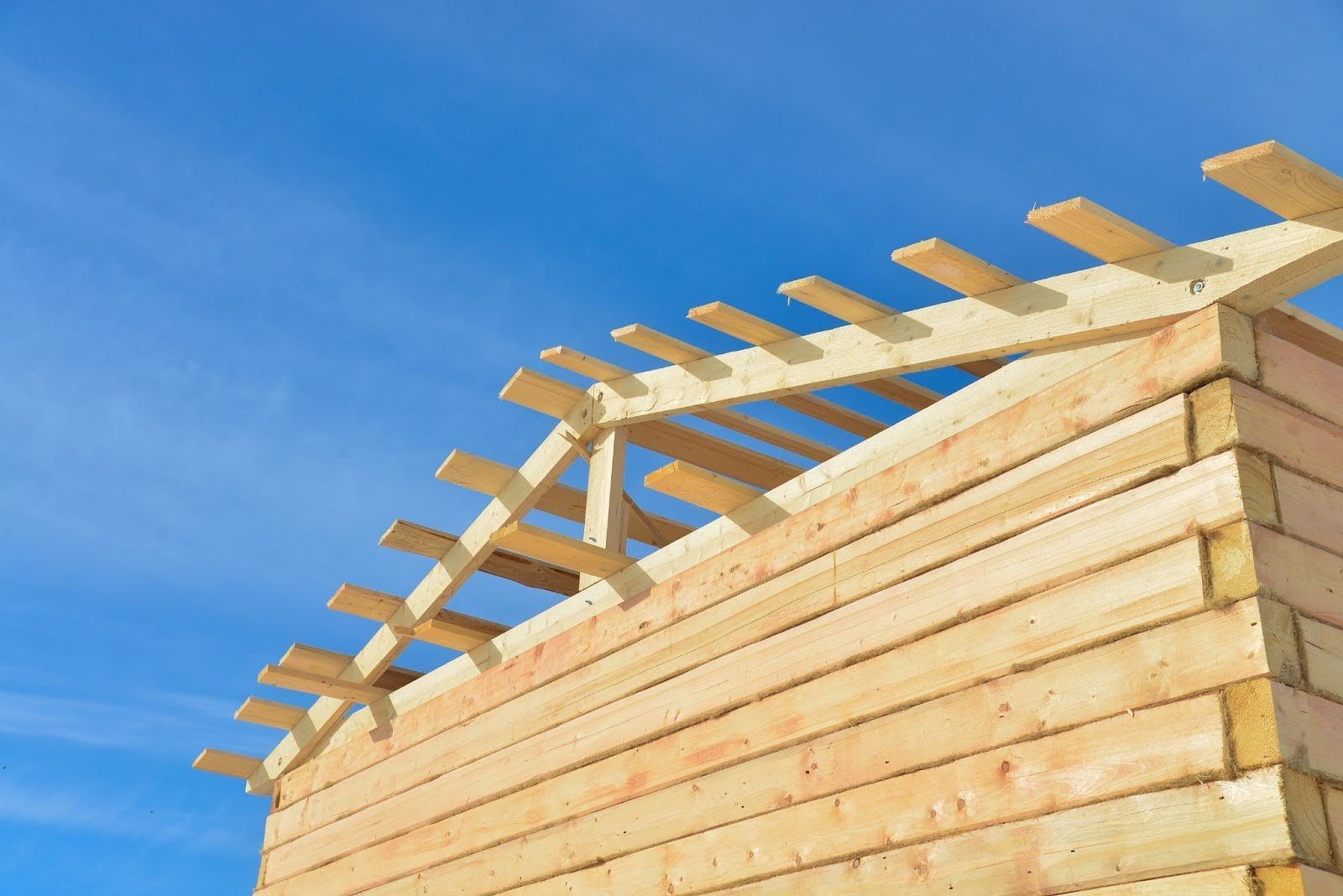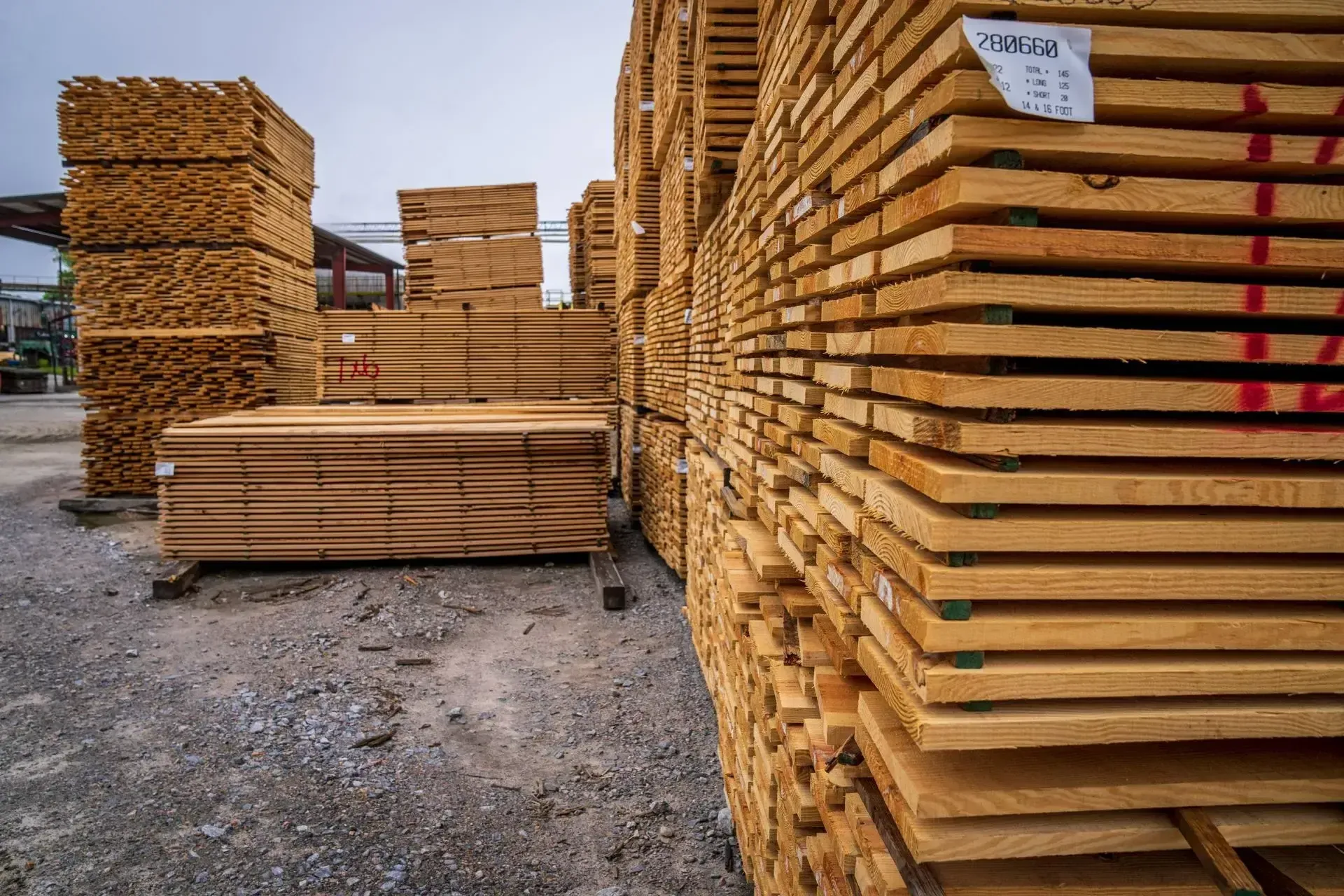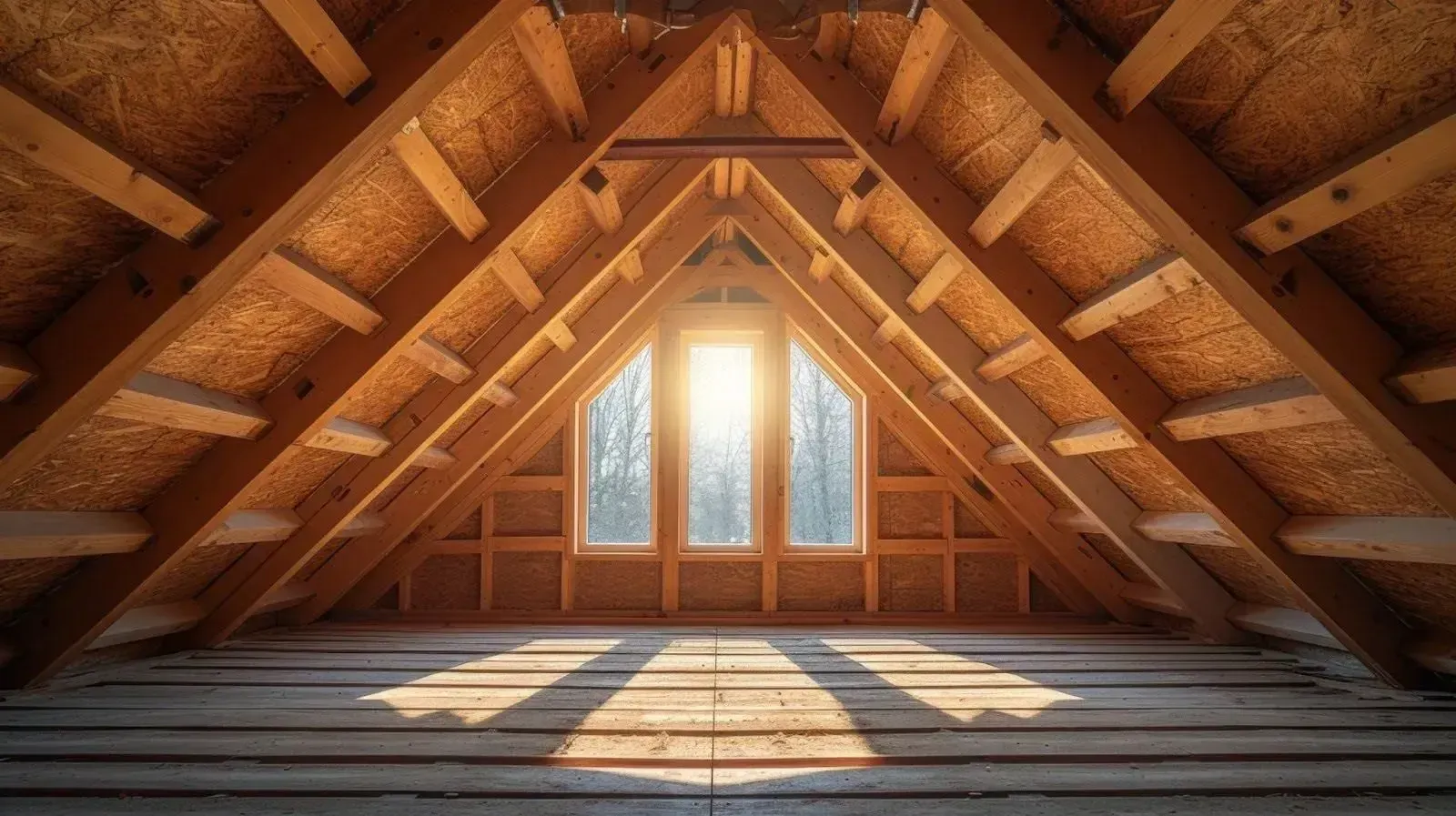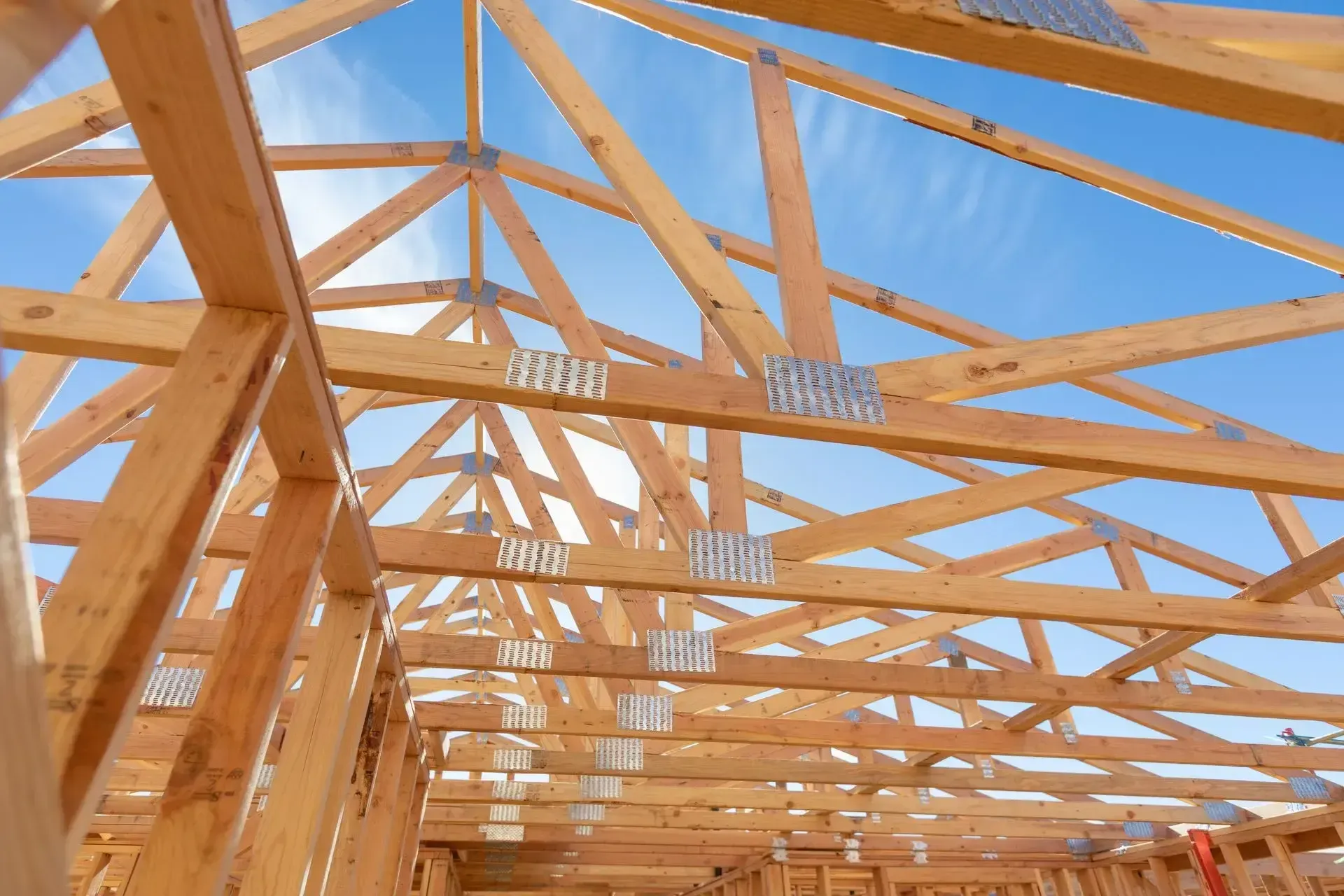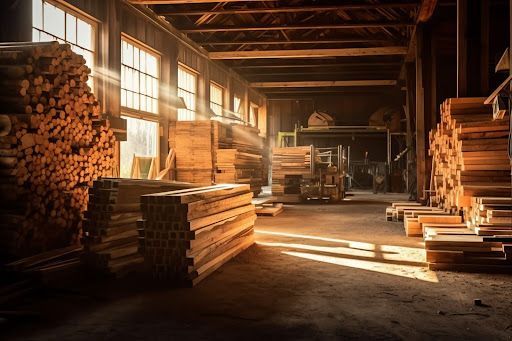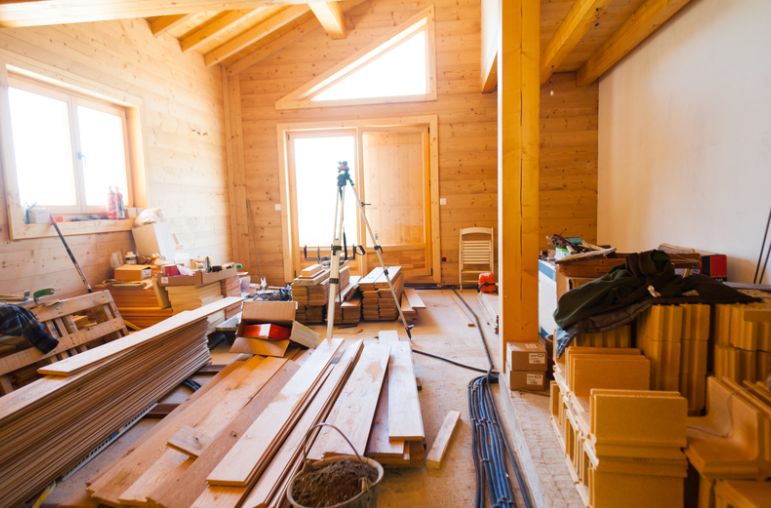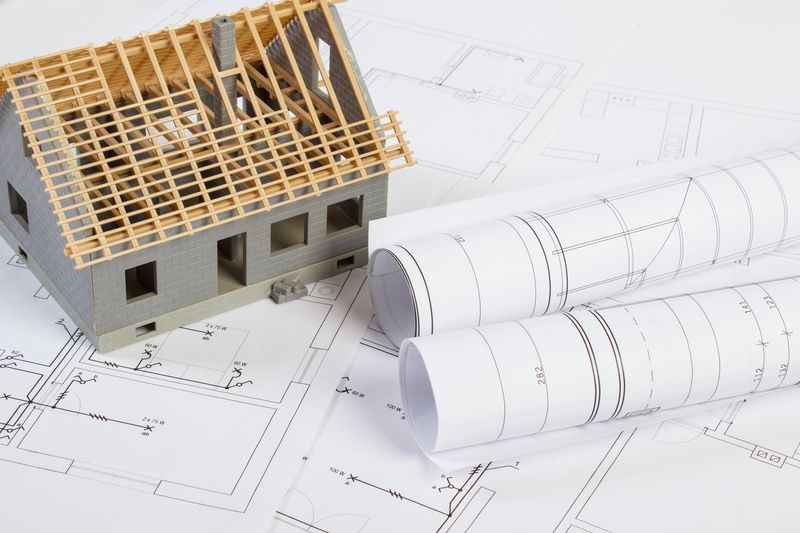Composite Materials: Transforming Truss Construction
Composite materials have become increasingly significant in the construction industry, offering unique advantages and innovative solutions. This article explores the world of composite materials, their benefits in truss construction, and their growing impact, particularly in Ramona, CA.
Understanding Composite Materials
Composite materials are engineered by combining two or more distinct materials to create a new material with enhanced properties. Typically, composites consist of a matrix and a reinforcement. The matrix binds the reinforcement, which provides strength and rigidity. Historically, the use of composite materials dates back to ancient times, with examples like mud bricks and straw-reinforced clay. In modern construction, composites have evolved significantly, particularly in the realm of truss construction.
There are several types of composite materials used in truss construction, including fiber-reinforced polymers (FRPs), carbon fiber composites, and glass fiber composites. Each type offers unique properties that make them suitable for various construction applications.
Advantages of Composite Materials in Truss Construction
One of the primary benefits of using composite materials in truss construction is their excellent strength-to-weight ratio. This characteristic allows for the creation of strong yet lightweight structures, which is particularly beneficial in reducing the load on foundations and enabling more ambitious architectural designs.
Composite materials also offer superior corrosion resistance compared to traditional materials like steel. This resistance enhances the durability of structures and significantly reduces maintenance costs over time. Additionally, composites provide thermal and acoustic insulation properties, improving the energy efficiency and comfort of buildings.
Sustainability is another key advantage of composite materials. Many composites are made from recycled materials, contributing to a reduced environmental impact. The use of composites can also decrease the carbon footprint of construction projects, aligning with the growing emphasis on sustainable building practices.
Innovative Building Solutions with Composites
Composite materials have paved the way for innovative truss designs, allowing architects and engineers to push the boundaries of traditional construction. Notable examples include the use of composite trusses in modern bridges and skyscrapers, where their lightweight nature and strength are particularly advantageous.
Several buildings worldwide have successfully utilized composite trusses, showcasing their versatility and effectiveness. For instance, the use of composite materials in the construction of sports arenas and exhibition centers has enabled the creation of large, open spaces without the need for intrusive support columns.
The flexibility offered by composites allows for greater architectural creativity, enabling designers to realize unique and complex structures that were previously unattainable with traditional materials.
Composite Materials vs. Traditional Materials
When compared to traditional wood and steel trusses, composite materials offer several distinct advantages. While the initial investment for composite trusses may be higher, the long-term savings in maintenance and durability often outweigh the upfront costs.
In terms of longevity and lifecycle, composite trusses tend to outperform their traditional counterparts. They are less susceptible to environmental degradation, such as rust and rot, which extends their lifespan and reduces the need for replacements. For a detailed comparison of construction materials, you can refer to this
authoritative source.
Local Impact and Adoption in Ramona, CA
In Ramona, CA, the adoption of composite trusses has been steadily growing. Local builders and architects have embraced these materials for their numerous benefits, particularly in projects where durability and innovative design are priorities. Interviews with local industry professionals highlight both the challenges and successes experienced in adopting composite materials. Many have noted the initial learning curve but also emphasized the significant advantages in terms of project outcomes and client satisfaction.
Future Trends in Truss Construction with Composites
The future of truss construction is poised to be shaped by emerging technologies and innovations in composite materials. Developments such as advanced manufacturing techniques and the integration of smart materials are expected to further enhance the performance and application of composites in construction. For insights into future trends in construction materials, consider this
study.
Controversies and Challenges
Despite their many benefits, the use of composite materials is not without challenges. Potential drawbacks include the environmental concerns related to their production, as some composites are derived from non-renewable resources. Additionally, there are ongoing debates within the industry regarding the best practices for integrating composites into construction projects. Addressing these challenges will be crucial to maximizing the potential of composite materials.
The Way Forward for Composite Trusses
In conclusion, composite materials offer a promising future for
truss construction. By balancing innovation with tradition, these materials have the potential to revolutionize the industry. As the adoption of composites continues to grow, particularly in areas like Ramona, CA, the construction landscape is set to become more sustainable, efficient, and creatively diverse.
